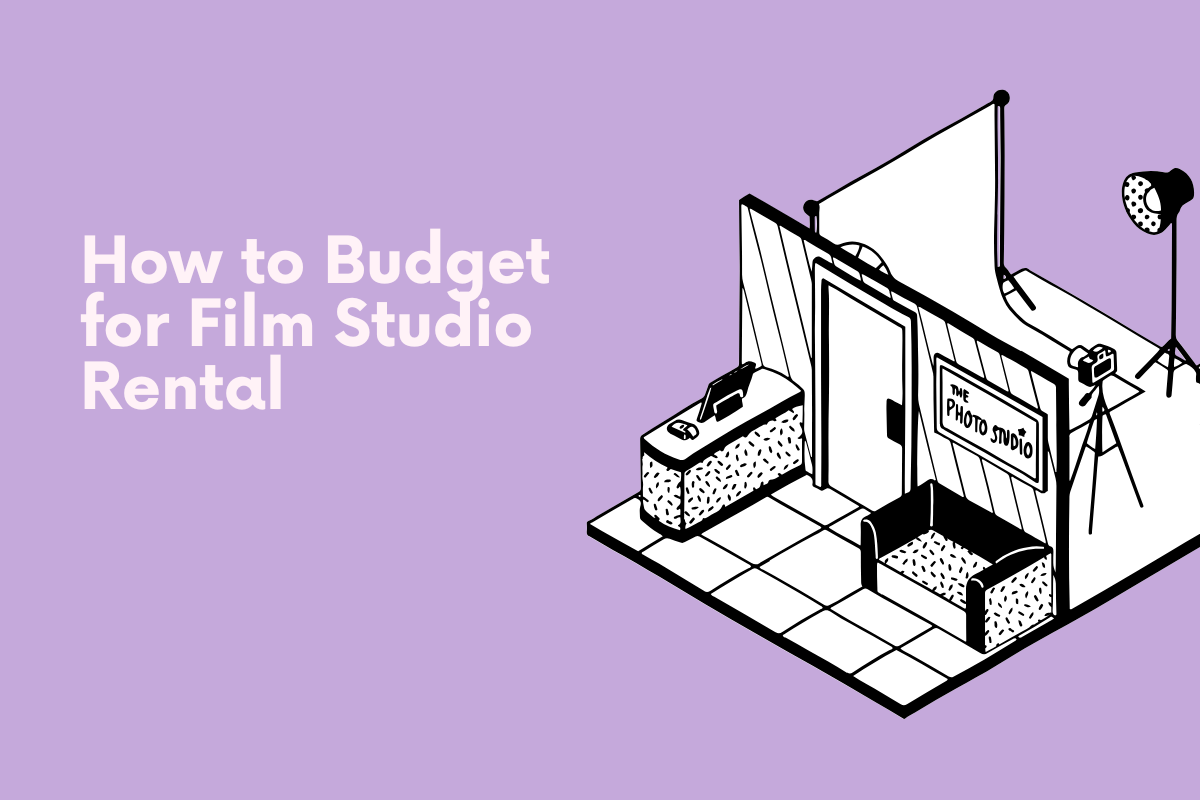It may be nearly impossible to overprepare for this live, made-for-TV drama reality show. This article assumes your Congressional team has engaged committee staffers, determined which Members are friendly or not (and why), planted useful questions, sleuthed out who else is testifying and their positions, and sent your written statement on time. This article is about your performance. Treat every testimony like it is your first time.
1. Pre-Game: The stakes can be higher or lower, depending on the context, but will always involve your professional image and the success of your mission. Practice your oral statement frequently – recording on your phone and in front of people. Although you will sit for your testimony, stand up and say it out loud to identify ways to say it smarter and shorter.
Formulating answers out loud in a formal setting is a powerful preparation tool, no matter how uncomfortable it may feel in front of your colleagues. At the State Department, we called it a Murder Board, gathering relevant staffers and the Congressional relations team to ask the toughest questions we could conjure.
2. Entrance: Your performance starts when you enter the hearing room with your head up, shoulders back, smiling like you are glad to be there. Dress for a television interview. Busy patterns distract the eye. White, black, or red may show poorly on camera. Color and accessories can add a little flare. No need to blend into the furniture. Check the morning news before you arrive in case something causes a question. Now is not the time to check your phone or study your notes. Engage the room. Chat up Members, staffers, or other witnesses.
3. Oral Statement: You’ve earned your place at the table. Spread out your notes, water, and pen. Adjust the microphone to your body. Keep your posture strong, avoid fidgeting, and assume a camera is on you at all times, even when you’re not speaking. Project energy through your voice and gestures. Making eye contact with Members will reduce the effect of their gladiator-style seating.
Speak up, speak clearly, speak slowly. Minimize filler words. The members can only see your name from their seats, so introduce yourself and your organization. Please, unless legal jeopardy or world events will turn on your words, do not read your written statement. Define your position. Summarize your main points. Go beyond a standard briefing. Engage Members through stories, relatable statistics, and soundbites. Make a recommendation or call to action. Ask for the full text of your written statement to be entered into the record.
4. Question & Answer: Minimize your notes and briefing book. Better to look (and be) prepared than to flip through a large volume in public. Members have limited time and may spend much of it asking their questions. Be prepared to repeat yourself as Members come and go. Stay on message, delivering your top three points whenever you can squeeze them in. Write notes on multi-part questions and take your time. If you don’t know an answer and can’t dance around it (thank you for raising that – here’s what’s important), say you don’t know. When you reach the end of an answer, stop talking. Hang on every word, even when you are not in the hot seat, in case the focus returns to you.
5. Celebration: Assuming you made it through with your dignity intact and your points delivered, rejoice! I remember riding back from the Hill with a colleague who remarked what a shame it was that the State Department didn’t have a place to get a drink after testifying. However you choose to celebrate, visualizing success ahead of time will go a long way toward getting there!
Mrs. Smith founded Spokesmith, a public speaking coaching firm. Her expertise is built on a career in diplomacy and her extensive study of public speaking, executive presence, and body language.

.png)



.png)